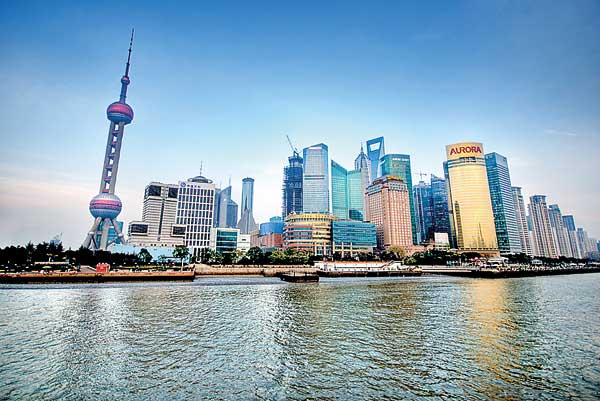23 Jul 2012 - {{hitsCtrl.values.hits}}

.jpg) Increasing Asian consumption of fossil fuels to power industrialising growth translates into rising carbon emissions. However, according to the climate-change consensus, Asia – particularly China and India – will need to commit to binding targets to cap and then reduce carbon emissions sooner or later. Given the targets set, for example by the Stern and Garnaut Reports, that will inevitably lower growth potential. Here scepticism is in order. Climate science is not “settled”, contrary to the conventional wisdom. It, and much of the economics that flows from it, do not take adequate account of long-range uncertainty. And many of the proposals contained in heavy-hitting economic studies – on targets, subsidies and massive aid transfers — owe more to soft central planning than anything else. They constitute a huge threat to economic freedom. Adaptation to global warming through market-based energy efficiency measures is advisable, but so is scepticism regarding mainstream advocacy of carbon mitigation.
Increasing Asian consumption of fossil fuels to power industrialising growth translates into rising carbon emissions. However, according to the climate-change consensus, Asia – particularly China and India – will need to commit to binding targets to cap and then reduce carbon emissions sooner or later. Given the targets set, for example by the Stern and Garnaut Reports, that will inevitably lower growth potential. Here scepticism is in order. Climate science is not “settled”, contrary to the conventional wisdom. It, and much of the economics that flows from it, do not take adequate account of long-range uncertainty. And many of the proposals contained in heavy-hitting economic studies – on targets, subsidies and massive aid transfers — owe more to soft central planning than anything else. They constitute a huge threat to economic freedom. Adaptation to global warming through market-based energy efficiency measures is advisable, but so is scepticism regarding mainstream advocacy of carbon mitigation.
26 Nov 2024 2 hours ago
26 Nov 2024 2 hours ago
26 Nov 2024 2 hours ago
26 Nov 2024 3 hours ago
26 Nov 2024 4 hours ago